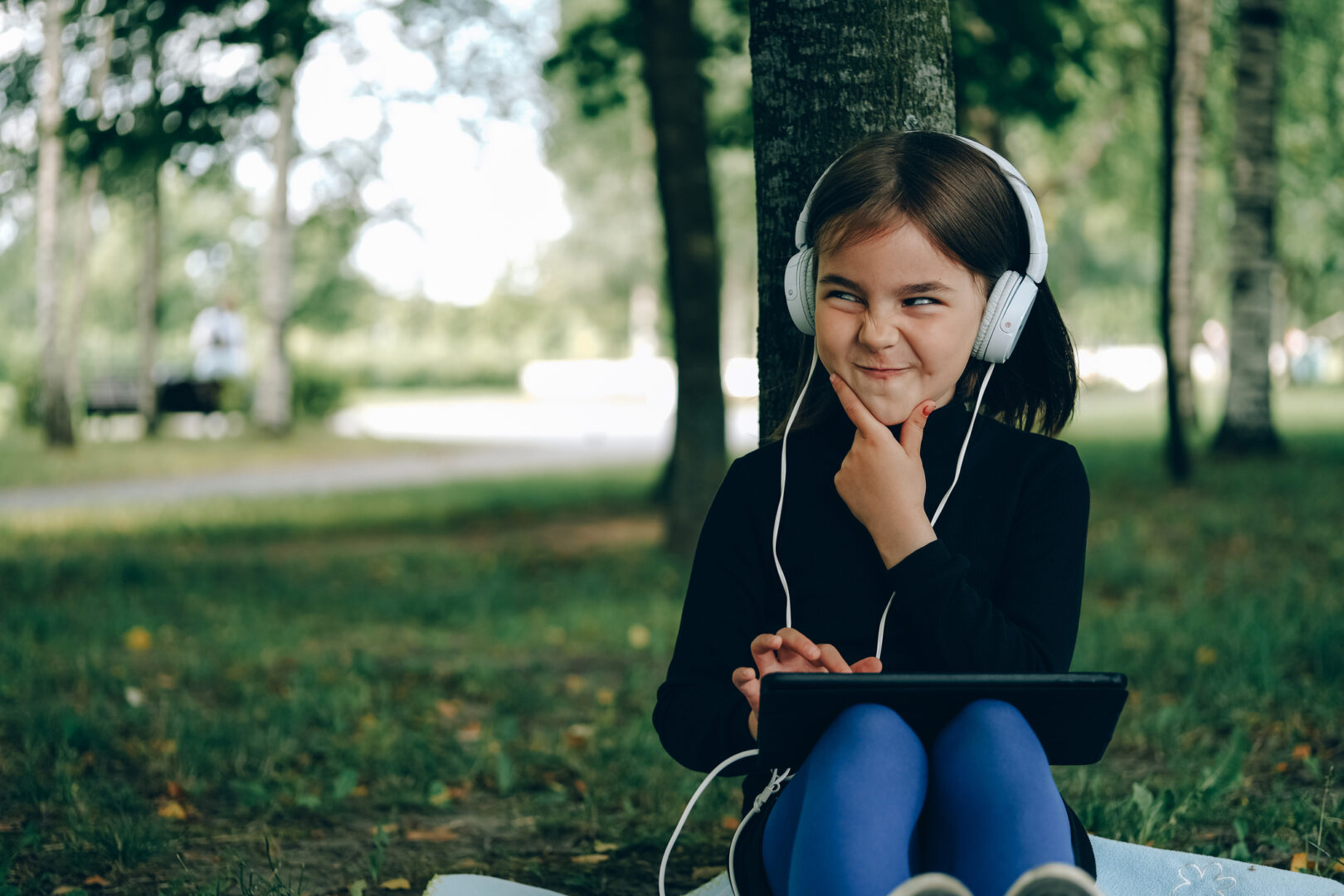Many parents refer to their children as resilient. The past year and a half has certainly been a testament to just how resilient children really can be. They overcame hurdles that have never been encountered before and did their very best to persevere. However, just because children were resilient, does not mean that they did not struggle and fall behind with their learning. Many young learners will need support both academically and emotionally to regain those lost learning experiences and skills due to COVID-19.
Resilience does not automatically go hand-in-hand with positivity and never being vulnerable. In fact, it is about learning from previous mistakes, setbacks, and challenges and understanding them for next time. It cannot always be judged by results, as perseverance is experienced differently in each child. To understand resilience further, check out the six signs to look for in children:
Five Ways To Identify Resilience In Children
- They Ask For Help
Asking for help should never be seen as a failure but as a sign of confidence! Asking for help helps build important bonds of intimacy and creates healthy interdependence. Complete independence is impossible. When children inquire for help, it allows them to boost their confidence and open doors for success. Every time a child asks for help, they develop what they need to become future scholars and develop critical learning skills.
2. Recognize Their Strengths
It’s most difficult to identify your strengths when you’re struggling. However, it’s important for children to try to, even in the hardest of times. Knowing your strengths instead of harping specifically on your weaknesses allows you to grow further and boosts self-confidence. Children will then experience resilience even when they’re struggling the most academically. When a child is able to recognize their strengths, they can be an inspiration for other children and motivate them to overcome obstacles.
3. Identifies Lessons In the Setbacks
During online/distanced learning, children’s grades may have dropped because of their inability to focus and adapt to the unusual learning environment. This could have derailed some of their resilience. Fortunately, they can identify lessons in these setbacks caused by the pandemic. Learning from setbacks allows you to manage your emotions more responsibly, be open to help, and be flexible. Every time you learn from an issue, you can come up with a solution!
4. Sets Future Goals
When children struggle, they tend to lower their expectations of what they can accomplish. This is actually the case with most people in general. However, if children set new, practical goals, it proves they can improve themselves. Goal setting for kids helps them develop motivation and a sense of purpose. Reasonable goal-setting ensures they’re practical and understand their strengths and weaknesses. Children should set and track their goals to become better future achievers.
After Failure, Try, Try Again
5. Tries Again After Failure
It is one thing to identify lessons from setbacks, but children need to actively put those plans into motion to be actively resilient. Going back to a challenging task and risking that possible disappointment shows resilience. Everyone experiences failures and setbacks, but not everyone is willing to go back and try to succeed in them after. Persevering under pressure even in times of stress helps children overcome their fears.
If your child is experiencing learning difficulties, GradePower Learning can help them overcome all challenges to become their best selves. Our professional tutors focus directly on personal development and personalized support to ensure each student receives the guidance and support they need to thrive academically.







